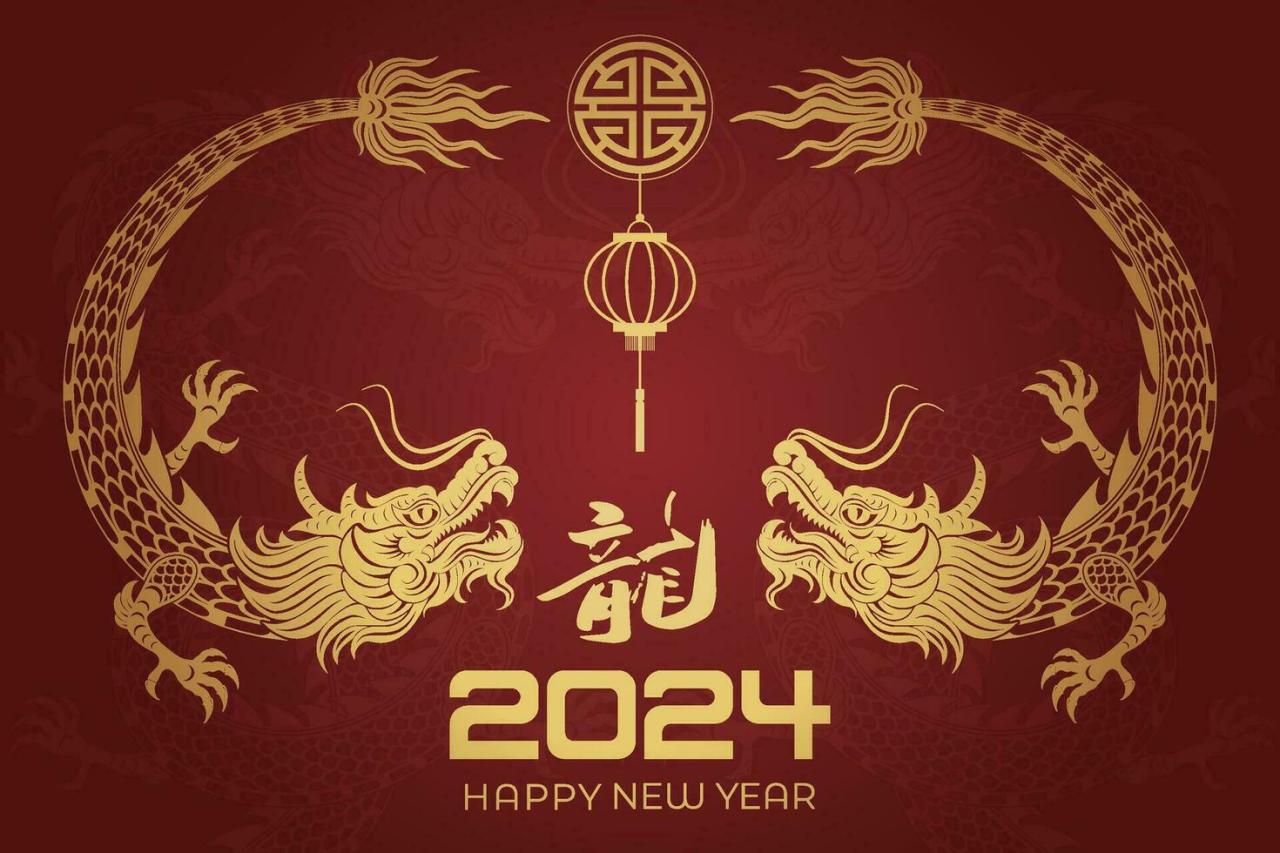China New Year 2026 promises a vibrant tapestry of tradition and modernity. Get ready to explore the rich cultural significance of the Year of the [Zodiac Animal – needs research to determine 2026 animal], from bustling city celebrations to intimate family gatherings. We’ll delve into the economic impact of this massive holiday, examining its influence on retail, tourism, and the overall Chinese economy.
Beyond the fireworks and festivities, we’ll uncover the fascinating stories and legends behind this ancient celebration and how it’s evolving in a digitally connected world.
This guide provides a comprehensive look at how China celebrates its New Year, covering everything from traditional customs like lion dances and lucky red envelopes to the modern trends shaping the holiday. We’ll examine the economic impact, cultural significance, and global reach of this spectacular event, providing insights into its past, present, and future.
Celebratory Traditions of the 2026 Chinese New Year
The year 2026 marks the Year of the Green Dragon in the Chinese zodiac. This majestic creature symbolizes good fortune, strength, and prosperity, promising a year of positive change and growth. The celebrations themselves are vibrant and rich in tradition, involving elaborate preparations, symbolic foods, and spectacular performances.
The Significance of the Green Dragon
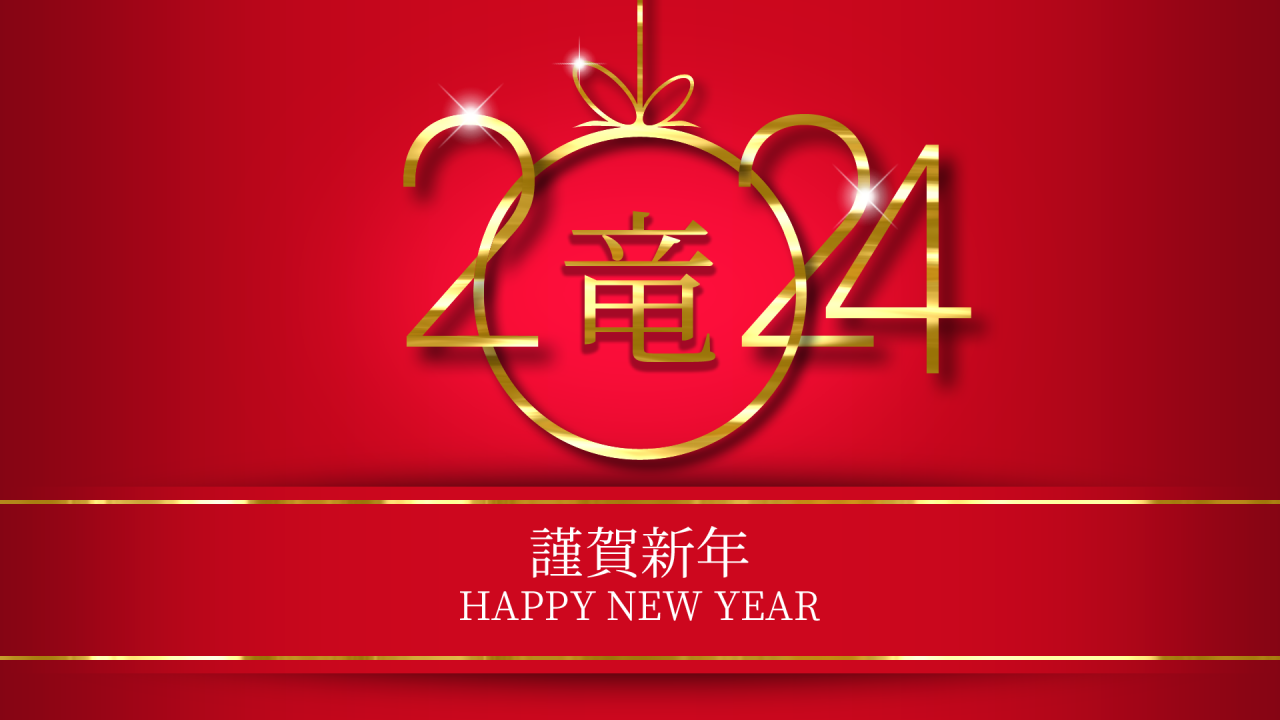
In Chinese culture, the Dragon is a powerful and auspicious symbol. The Green Dragon, specifically, represents growth, vitality, and good luck. 2026, being its year, is anticipated to bring about positive developments in various aspects of life, from personal endeavors to national progress. Those born under the Dragon sign are often perceived as charismatic, confident, and ambitious individuals.
Planning your China New Year 2026 trip? Remember to check travel advisories before you go, especially concerning air travel safety. For example, you might want to be aware of recent events like the unfortunate plane crashes south korea has experienced, as this highlights the importance of staying informed about potential risks. This knowledge can help you make informed decisions for a smooth and safe China New Year celebration.
Customary New Year Foods
The Chinese New Year feast is a crucial part of the celebrations. Dishes are carefully selected for their symbolic meaning, ensuring a prosperous year ahead.
Planning your China New Year 2026 celebrations? Think about capturing the amazing festivities with some seriously high-tech aerial footage! You could use a drone like the awesome dji neo , known for its incredible image quality and precision. That would make for some truly unforgettable memories of your China New Year 2026 trip.
- Dumplings (Jiaozi): Resemble ancient Chinese money, symbolizing wealth.
- Fish (Yu): Sounds like “surplus” in Chinese, representing abundance and prosperity.
- Long Noodles (Changshou Mian): Symbolizes longevity and a long life.
- Tangyuan (Sweet Rice Balls): Represent family unity and togetherness.
Lion and Dragon Dances
Lion and dragon dances are energetic and visually stunning performances integral to the New Year festivities. These dances, with roots in ancient Chinese folklore, are believed to ward off evil spirits and bring good luck. The vibrant costumes and rhythmic movements create a captivating spectacle.
- Origins: Both dances have ancient origins, linked to traditional beliefs and rituals.
- Symbolism: The lion represents strength and courage, while the dragon embodies power and good fortune.
Writing Traditional New Year Couplets (Chunlian)
Chunlian, or Spring Festival couplets, are red paper scrolls with auspicious phrases written on them. They are traditionally hung on doors and windows to welcome good fortune. Here’s a simple guide:
- Choose a theme: Prosperity, longevity, happiness, etc.
- Find suitable phrases: Use a rhyming dictionary or online resources.
- Write the couplets: Each couplet should have the same number of characters and rhyme.
- Hang them up: Traditionally, they are hung vertically on doors.
A Typical Family Gathering, China new year 2026
Imagine a bustling home filled with the aroma of simmering delicacies. Generations gather, their laughter mingling with the sounds of firecrackers echoing in the distance. Children in vibrant new clothes receive red envelopes filled with money, their eyes sparkling with excitement. Elders share stories and wisdom, their faces etched with joy and contentment. The atmosphere is warm, vibrant, and filled with the spirit of unity and renewal, a perfect representation of the family’s hopes for the coming year.
Economic Impact of the Chinese New Year: China New Year 2026
The Chinese New Year is not just a cultural celebration; it’s a significant economic event, impacting various sectors and driving substantial financial activity across China and globally.
Impact on Retail and Tourism
The holiday period sees a massive surge in consumer spending across various sectors, from clothing and electronics to food and travel. The tourism industry experiences a peak season, with domestic and international travelers flocking to popular destinations. The scale of this economic boost is considerable, contributing significantly to China’s overall GDP.
Financial Preparations by Businesses
Businesses undertake extensive preparations to capitalize on the increased consumer demand. This includes stockpiling goods, hiring additional staff, and launching targeted marketing campaigns. Many businesses also offer special promotions and discounts to attract customers during this peak period.
Economic Activity Comparison (2026 vs. Previous Years)
Predicting the exact economic activity for 2026 requires further data analysis closer to the event. However, based on past trends, we can anticipate a similar or potentially larger economic impact compared to previous years, particularly given the anticipated recovery from the pandemic. Growth in e-commerce and digital payments will likely continue to influence the spending patterns.
Hypothetical Marketing Campaign
A hypothetical marketing campaign targeting Chinese consumers during this period could focus on themes of family, tradition, and prosperity. Using social media platforms popular in China, engaging visuals and interactive content could effectively reach the target audience. Offering exclusive deals and promotions specifically tied to the New Year celebrations would further incentivize purchases.
Economic Flow During the New Year Holiday
| Sector | Revenue Increase Percentage (Projected) | Projected Spending (USD Billion) | Employment Impact (Millions) |
|---|---|---|---|
| Retail | 25-30% | 500-600 | 2-3 |
| Tourism | 30-35% | 300-400 | 1-2 |
| Food & Beverage | 20-25% | 200-250 | 1-1.5 |
| Transportation | 15-20% | 150-200 | 0.5-1 |
Cultural Significance of the Chinese New Year
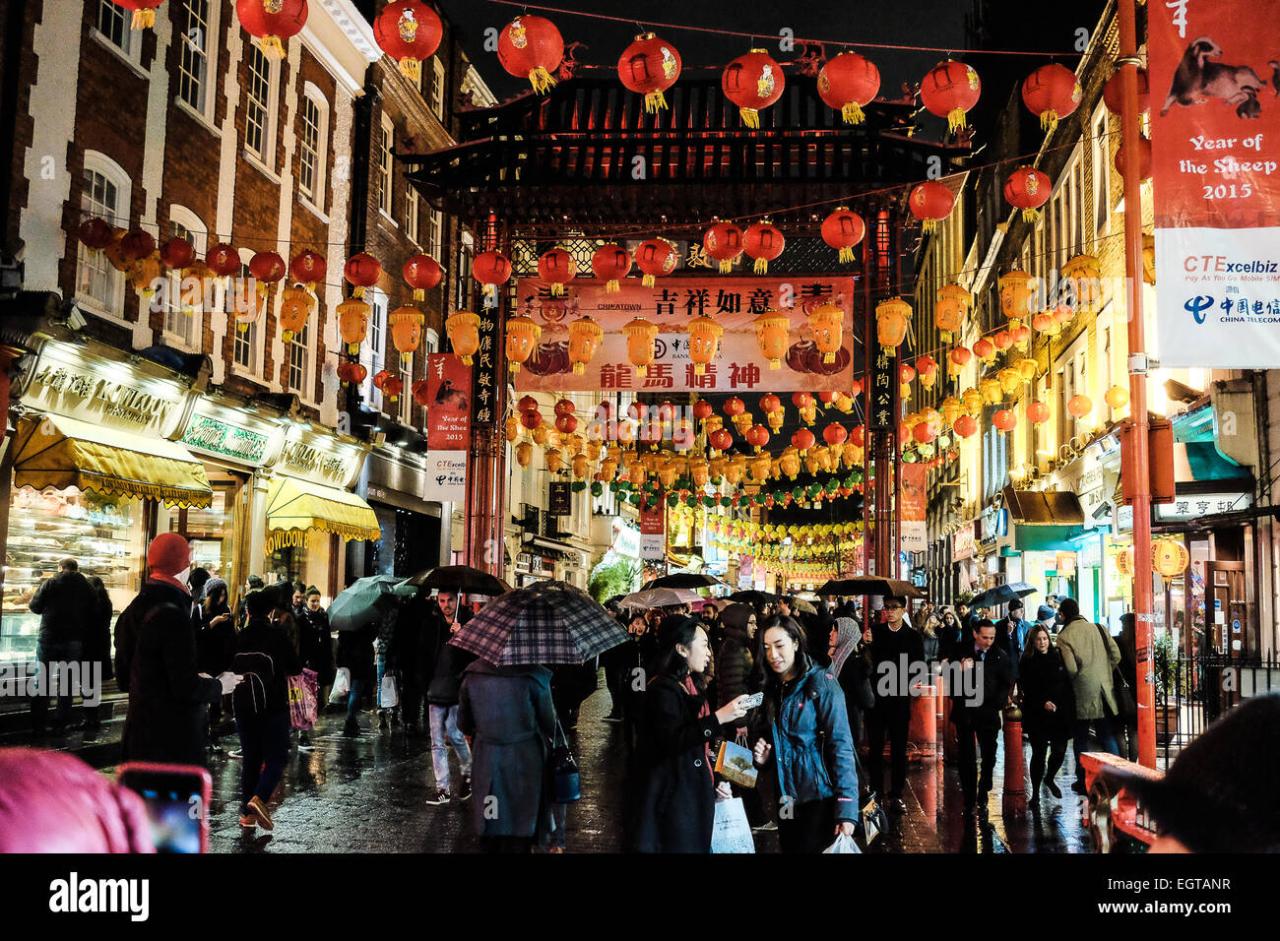
The Chinese New Year is deeply rooted in Chinese culture and history, carrying profound symbolic meaning and influencing various aspects of societal life.
Origins and Legends
The origins of the Chinese New Year are shrouded in myths and legends, often involving mythical creatures and powerful deities. One prevalent legend speaks of a monstrous beast called Nian, which terrorized villages until it was driven away by loud noises and bright colors, leading to the traditions of firecrackers and red decorations.
Key Cultural Symbols
Several key symbols are associated with the New Year, each carrying a specific meaning.
- Red: Symbolizes good fortune and warding off evil spirits.
- Firecrackers: Used to scare away evil spirits and celebrate.
- Lanterns: Symbolize light and hope for the new year.
- Fu (福): Character meaning “good fortune” or “blessing”.
Regional Variations
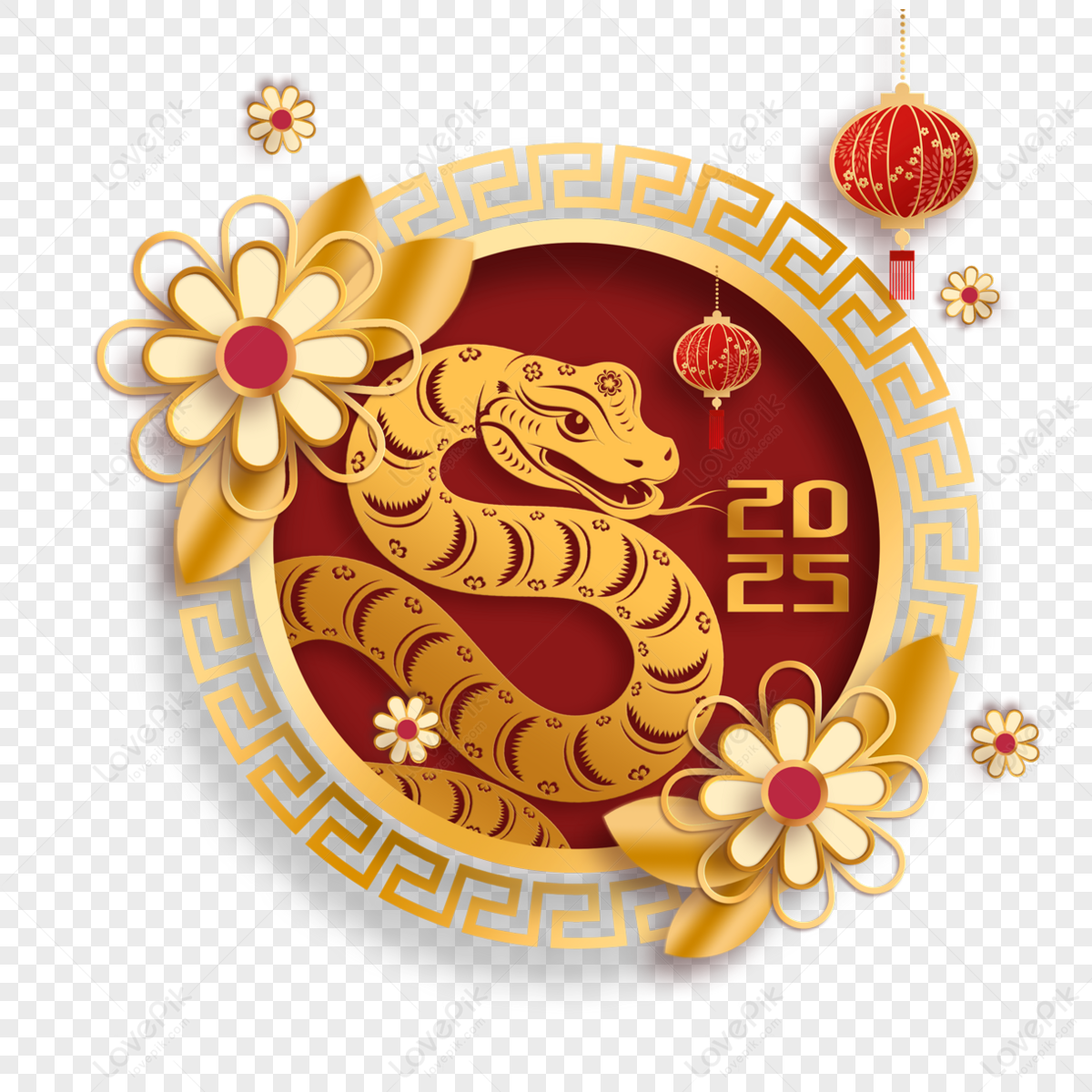
While the core traditions remain consistent, regional variations exist in the celebrations. Northern China might emphasize specific dishes or customs, differing from those prevalent in the south. These regional nuances add to the richness and diversity of the celebrations.
Role of Family and Ancestry
Family plays a central role in the New Year festivities. It’s a time for reunions, honoring ancestors, and strengthening family bonds. Ancestral veneration is an integral part of the celebrations, emphasizing the importance of family lineage and continuity.
Traditional Arts and Crafts
Traditional arts and crafts, such as calligraphy, paper cutting, and lantern making, are integral parts of the celebrations. These crafts add to the festive atmosphere and are often used as decorations or gifts, showcasing the enduring cultural heritage.
Global Observance of the Chinese New Year
The Chinese New Year is not confined to mainland China; it’s a globally celebrated event, with vibrant festivities taking place in Chinese communities worldwide.
China New Year 2026 will be the Year of the Rabbit, promising a year of peace and prosperity. Think of it like the calm after the storm, unlike the high-stakes games in player 001 squid game , where survival was the only prize. Hopefully, the festivities of the Chinese New Year will bring everyone good fortune and a joyful start to the new year, a far cry from the brutal reality of the games.
Celebrations in Global Chinese Communities
Chinese communities across the globe maintain and adapt their traditions to their respective cultural contexts. While core elements remain consistent, local influences often blend with traditional customs, creating unique expressions of the New Year.
Comparison with Mainland China
While the spirit of the celebrations remains similar, the scale and specific customs might vary between mainland China and overseas communities. Overseas celebrations often integrate local cultural elements, resulting in a blend of traditions.
Challenges and Opportunities for Tradition Preservation
Maintaining and transmitting traditional practices across generations poses challenges, particularly in the face of globalization and cultural assimilation. However, these communities also have opportunities to showcase their cultural heritage and promote intercultural understanding.
Integration into Global Cultural Landscapes
The Chinese New Year is increasingly integrated into the cultural landscapes of various countries, with many non-Chinese communities participating in the celebrations or acknowledging the holiday. This reflects a growing global awareness and appreciation for diverse cultures.
Prominent Events and Festivals Outside of China
- Lunar New Year Parade in San Francisco
- Chinese New Year celebrations in London
- Sydney Lunar New Year Festival
- New Year’s celebrations in various Chinatowns worldwide
Technological Influence on the Chinese New Year
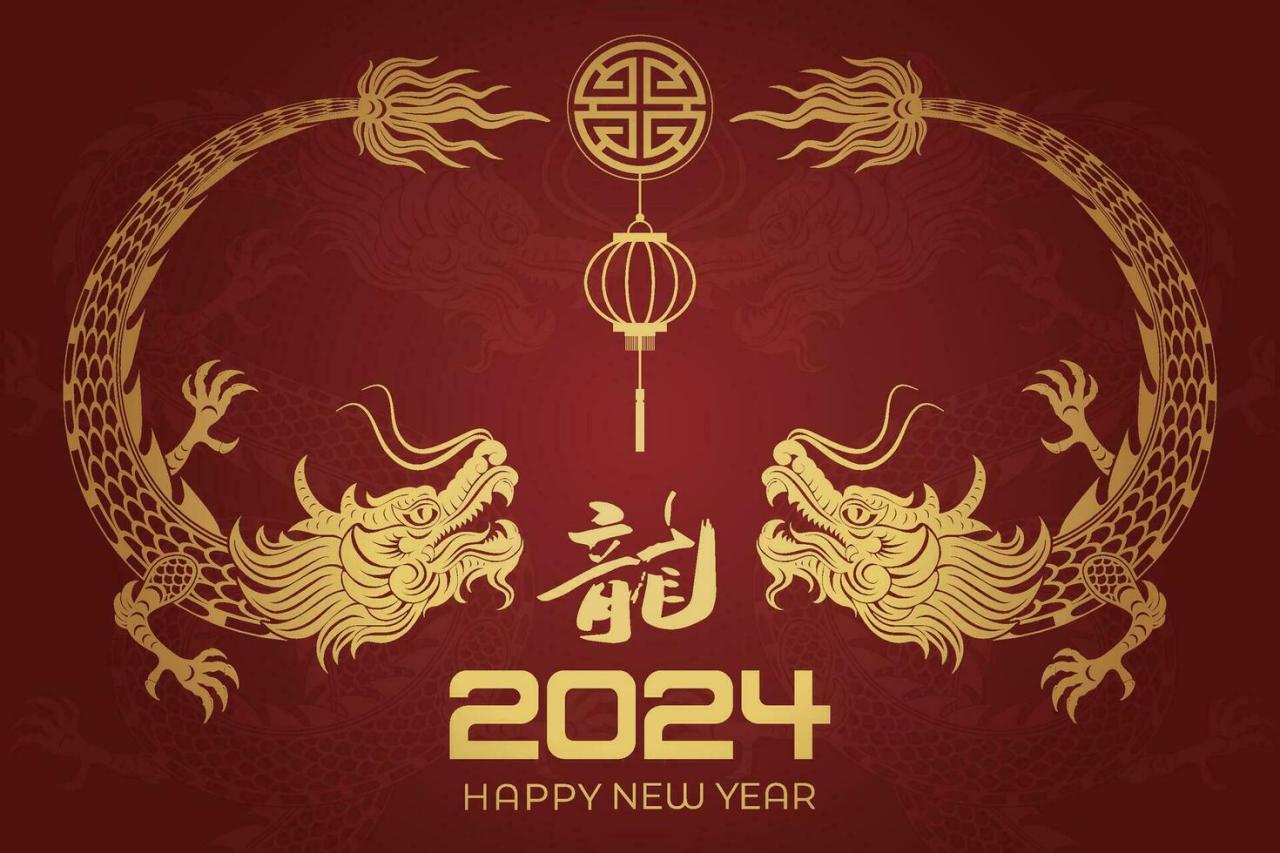
Technology significantly impacts how the Chinese New Year is celebrated in the modern era, transforming communication, shopping, and the overall experience.
Technology’s Influence on Celebrations
Digital platforms and applications have become integral to New Year celebrations, altering how people connect, share experiences, and engage in festivities.
Role of Social Media
Social media platforms facilitate the exchange of New Year greetings, the sharing of family photos, and the creation of virtual celebrations, connecting people across geographical boundaries.
Impact of Online Shopping and Digital Payments
E-commerce platforms and digital payment systems have revolutionized consumer behavior during the holiday season, providing convenient and efficient ways to shop for gifts and necessities.
Hypothetical Mobile App
A hypothetical mobile app for celebrating the New Year could include features such as digital red envelopes, interactive games, a calendar of events, virtual lantern displays, and a platform for sharing greetings and photos. This app would enhance the overall experience and connect people in new ways.
Comparison of Traditional and Modern Methods
| Aspect | Traditional Method | Modern Method | Impact of the Change |
|---|---|---|---|
| Greetings | In-person visits, handwritten letters | Social media messages, video calls | Increased reach and convenience, but potentially less personal touch |
| Shopping | Physical stores, markets | Online shopping, e-commerce | Greater convenience and selection, but potential loss of traditional shopping experience |
| Money Giving | Physical red envelopes | Digital red envelopes (e-hongbao) | Increased efficiency and convenience, but potential for security concerns |
Final Summary
From the symbolic lion dances to the booming economic activity, China New Year 2026 is more than just a holiday; it’s a powerful reflection of China’s rich cultural heritage and its dynamic embrace of the future. Whether you’re planning a trip to experience the festivities firsthand or simply curious about this fascinating cultural event, we hope this guide has provided a valuable and engaging overview.
Happy New Year!
Q&A
What are some common New Year’s greetings in Mandarin?
Common greetings include “新年快乐” (Xīnnián kuàilè)
-Happy New Year, and “恭喜发财” (Gōngxǐ fācái)
-Congratulations and make a fortune (wishing prosperity).
How long does the Chinese New Year celebration last?
The celebrations typically span 15 days, culminating in the Lantern Festival.
Are there any superstitions associated with Chinese New Year?
Yes, many! Avoiding certain colors, cleaning the house thoroughly before the New Year, and giving red envelopes (hongbao) are just a few examples.
What’s the significance of red envelopes (hongbao)?
Red envelopes contain money and are given as gifts, symbolizing good luck and prosperity for the recipient.
